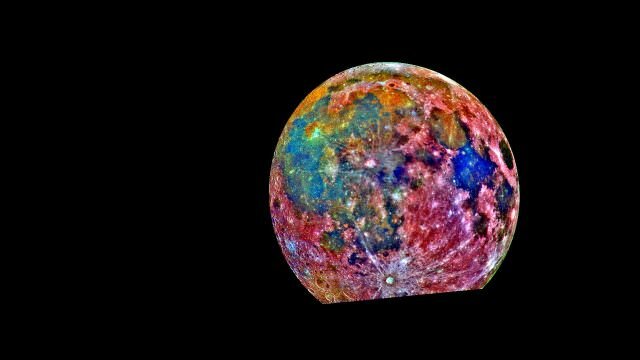Last updated March 9, 2017 at 8:51 am
Almost half of the known stars of comparable size to our Sun exist as a twin or even a triplet system with one or more companion stars. With companion stars being such a common phenomenon, you’d think we would have a good idea of how they form.
But there has long been debate among astronomers as to how companion star systems form and a paper published today in the journal Nature may just bring that debate one step closer to resolution.
The two competing theories for companion star formation are the Accretion Theory and the Fragmentation Theory. Under the Accretion Theory a large protostellar disk of dust clumps together to form two or more stars while Fragmentation Theory suggests that large protostellar disks become gravitationally unstable and break up to form two or more stars. As the debate has raged in recent years, more evidence has been brought to the Fragmentation Theory and today’s publication lends further weight to the Fragmentation case.
ALMA image of the proto-triple star system L1448 IRS3B showing the disk with spiral structure and emission toward the three protostars. The brightest emission is toward the outermost and most recently formed member of the system. The image covers 3.5 arcseconds which is approximately 800 astronomical units or about 8x the size of our current solar system. Credit: B. Saxton: NRAO/AUI/NSF; ALMA (ESO/NAOJ/NRAO)
The authors looked at a young triple protostar system called L1448 IRS3B thought to be less than 150,000 years of age. By using new images from the ALMA telescope which are much higher quality than images used in previous studies, the authors were able to observe a spiral arm feature in the disk around these stars. The authors infer from this observation that the protostellar disk has recently undergone gravitational instability and that has giving birth to at least one of the companion stars.
And that’s just how you may be able to make a companion star.
- Link to original research article: nature.com/nature/journal/v538/n7626/full/nature20094.html
Written by Paul Willis
Did you like this blog? Follow us on Facebook, Twitter and Instagram to get all the latest science.

































































































































































































































































